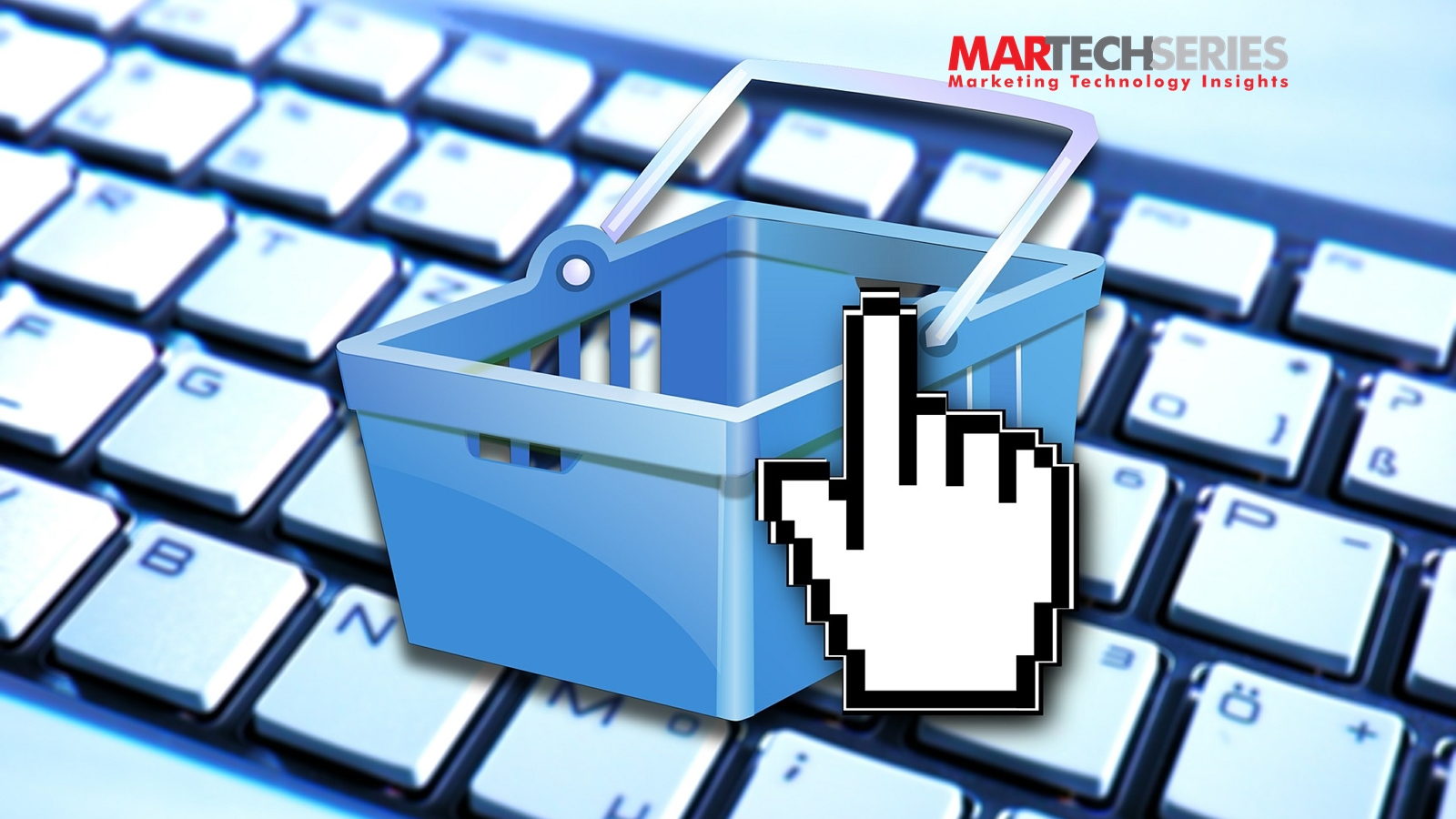
Both virtual and physical retailers are adopting an omni-channel approach by merging offline, online, and mobile capabilities—all with the aim of creating a seamless experience for shoppers.
The past two years have seen their fair share of hype about the line between online retailing and brick-and-mortar selling becoming increasingly blurred. And this trend isn’t over yet. In fact, the line just gets blurrier.
When Etail goes Retail
While it’s true that Etailers worldwide are a fast-growing breed, they feel an increasing need to not be an online-only solution for customers. Large Etailers are adding physical versions of their stores, so that customers can walk in, actually touch the products, and then order online either at home or with in-store kiosks.
Big name ecommerce players, like Amazon and eBay, have already created these showrooms to deliver physical experiences to the majority of customers that still enjoy them.
Why Physical Stores are Building Online Shops
On the other hand, physical shops are upping their game by taking the omni-channel route, a relatively new sales methodology that is gaining popularity because of the success of complementary experiences between online and offline interactions. Today’s customer wants a fully integrated shopping experience, so they can buy what they want when they want no matter where their product search started (or where the purchase will ultimately take place).
A combination of multi-channel strategies requires more technology in physical shops (like kiosks with endless-aisle solutions, product descriptions, and real customer reviews), thus blurring the line between physical shopping experiences and the wealth of data available to shoppers online.
You don’t have to hunt too far to see that this trend is expected to continue. For the first time ever, shoppers made more purchases online than in-store, with 51% of purchases being made online as of an early 2016 survey by UPS.
While offline sales still total more than online ones (just think about your monthly household needs), the number of online orders continues to grow, and it’s not too farfetched to assume that it may soon catch up in terms of sales as well.
With mobile devices are a key driver of online shopping growth, U.S. Etailers are expected to account for $523 billion in annual sales by 2020 (up 56% from 2015’s actual $335 billion). That whopping amount of predicted growth makes the future of etail look promising indeed.
Physical Store Purchases Stay Strong
The frenzied pace of growth in etail is partly due to its relatively small and humble beginnings. In other words, the only place to grow was up.
But the growth of etail doesn’t represent the full picture of modern buying trends. While online shopping is growing quickly in the billions, offline shopping still amounts to trillions spent each year.
Plus, having an inviting physical space with well-trained sales associates is a huge differentiator in a market where so many consumers are driven by experience, not price. At every price point, there’s competition, and the way retailers present themselves in person is a big opportunity to stand out and generate return business.
So while the relatively small base of online sales grows at a higher pace, physical stores have the chance to increase sales by doubling down on their existing strengths.
The big picture is not as grim for the retailers as certain stats may lead you to believe. The added complexity of choosing the right metric for comparison often casts the etailer in more favorable light.
Where the Industry is Headed
Online or offline businesses who view their counterpart as the enemy won’t succeed. Instead, cohesion is a defining factor. The future of shopping is about complementary approaches—where both types of businesses learn from each other and try to adopt new practices that they may have scoffed at years ago.
Many of today’s long-standing retailers have already started to rethink their strategies:
- Wal-Mart bought ecommerce innovator Jet this year for $3 billion cash, investing more in its online presence than in expanding to new locations.
- Another example of the blending of web and physical presences is Audi City. Carmakers have offered online new car configuration tools for a number of years, but Audi has taken this to a new level by creating a digital car showroom in London powered by Microsoft Surface tablets that project the customer’s designs onto large video walls.
On the other hand, online retailers are investing in brick-and-mortar stores to engage customers:
- Retail giant Amazon is planning to build physical grocery stores to complement its online food delivery service
- Rent the Runway is set to open its first store-within-a-store inside Neiman Marcus’ as part of a new partnership between the fashion tech startup and the luxury retailer. The move sees Neiman Marcus allowing an ostensible competitor 3,000 square feet to rent apparel and accessories to a demographic it has struggled with: millennial women. It also allows Rent the Runway, with its median customer age of 30, to get in front of an older, wealthy clientele.
More and more online retailers have opened up brick-and-mortar stores to expand their brand’s footprint and give customers a better feel for the entire product range.
Blurring the line with Access to New Technologies and Big Data
Location-based advertising is quickly proving to be a disruptive form of marketing that increases customer reach. Retail giants like Walmart, Target and Macy’s each have developed apps that allow users to search for product availability in stores nearby.
Many retailers also offer location-based coupons and deal notifications. These continued developments in technology are quickly forming the bridge between more traditional forms of marketing and digital methods, so that retailers can interact with customers in multisensory ways with a blend of online content and offline results.
The combination of physical and virtual sales is nowhere more apparent than in location-based advertising, which is already transforming the world into a “showroom without walls.” Both in-store and online channels deserve an approach that focuses more on customer engagement than purely on transactions.
Marketing is not the only department affected by these blurred lines. Customization of products is now a main focus, and it requires that suppliers sync up with retailers. Plus, with data collection taking place at every step of the customer journey, product development is up for change at every stage. Data-driven decision making will continue to be transformational.
The future of retail opens up a lot of opportunities for all brands willing to learn from both online and offline models and leverage analytics to gain insight into their customers’ buying trends.












Comments are closed.